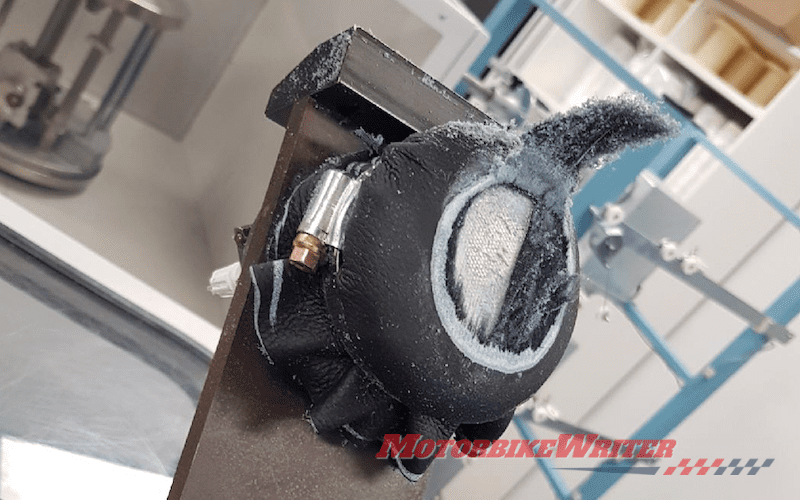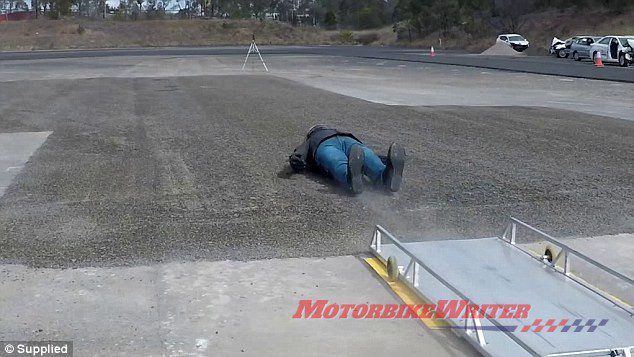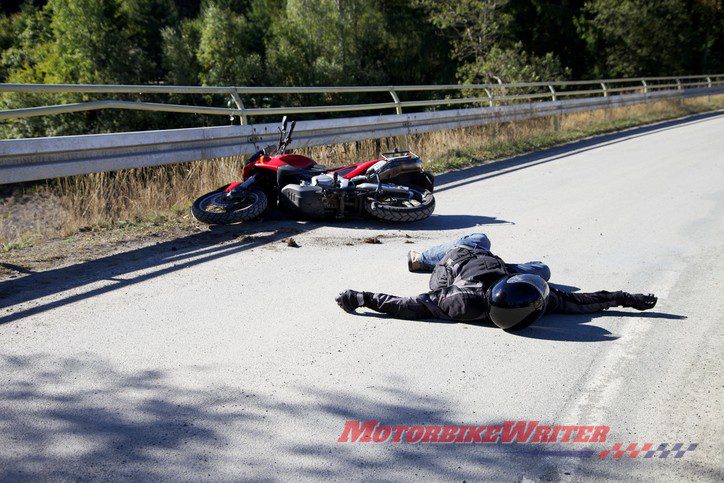Motorcycle jackets and pants tested in the MotoCAP safety and comfort ratings have failed in the abrasion tests, but could easily be made safer, says a technical expert.
Back in 2015, Deakin University fibre science and technology senior researcher Chris Hurren warned that eight out of 10 of the most commonly worn motorcycle suits in Australia had failed their abrasion tests.
These tests were the precursor for the development of MotoCAP, the world’s first safety ratings for motorcycle protective gear which launched in September 2018.
Over the past few years, motorcycle clothing does not appear to have improved.
In recent MotoCAP ratings, leather and textile pants and jackets have failed dismally in abrasion tests.
Textile abrasion fail
Chris says textile pants and jackets are typically made of 600 denier woven nylon or polyester fabrics.
“These have relatively low abrasion resistance when tested on the Cambridge impact abrasion tester,” he says.

“Where these fabrics are used as the shell fabric in important protection areas such as the elbow and shoulder of a jacket they generally do not provide the levels of protection desired in a protective motorcycle garment.
“These jackets could be improved in their protective performance by manufacturers by adding further protective layers or by use of a heavy shell fabric in these critical protection areas.
“These garments are still capable of providing better protection to a rider than if they were to ride in normal clothing especially when they are worn with their shoulder and elbow impact protectors in place. This is the class of garment that will benefit the most from improvement in protection levels into the future.”
Leather abrasion tests

More interestingly, leather appears to be not much better than textile gear.
“A number of the leather garments reported in (the latest tests) were made from thinner, supple leather,” Chris says.
“While this is more comfortable for the wearer, these leathers typically do not provide the same level of abrasion protection of a thicker leather.
“Where a thinner leather is used there needs to be additional protection put into the critical abrasion risk areas.
“The high level of impact protection seen in some of these garments was quite encouraging.”
Motorbike Writer publishes every new release of gear tested by MotoCAP, so stay tuned for more updates.


